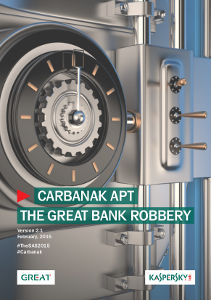Mr. Robot is an interesting project trying to create a television series featuring accurate “hacking” techniques and real-life events, as opposed to most “hacker” movies and series which just project the general public phantasms on the screen.
I used to redirect people asking me for some “hacking trick” to this series, and several websites and blogs use it as a illustration to provide fundamental knowledge in IT security and help people take conscience of various risks.
As I write this post, we have now reached the middle of the third season, and while I was and still am very enthusiastic regarding the first season my feeling are now more than mitigated about its sequel.
Note
For those who haven’t seen this series yet, I won’t get into any storyline details here, except a bit when listing some season 3 issues. Most of this post should be spoiler-free, however …





